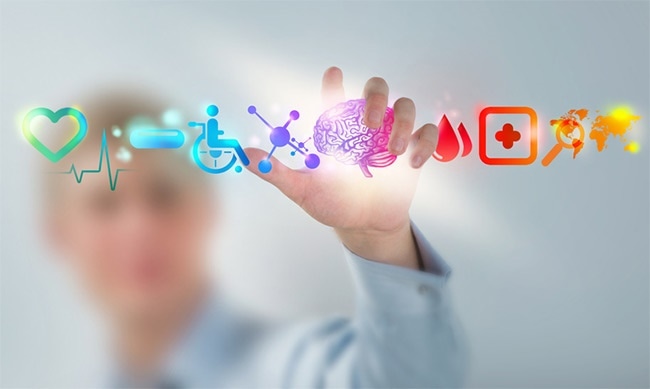
Healthcare industry emerges as one of the most promising application areas, finds Frost & Sullivan’s TechVision team.
The growing need of consumers and businesses to stay connected and gather data in any form has created a large market for sensor and instrumentation technologies. Sensing technologies are the backbone of the Internet of Things (IoT), enabling next-generation, consumer-centric applications as well as resolving industry-specific challenges.
Backed by frenetic intellectual property rights (IPR) filing, concerted R&D (Research & Development) efforts and high market potential, these technologies are poised to change lives and businesses across the globe.
2016 Top Technologies in Sensors and Instrumentation is part of the TechVision (Sensors & Instrumentation) Growth Partnership Service programme. The study looks at technologies that are poised to have the highest impact over the next two to three years, such as nanosensors; next-generation, real-time location systems (RTLS); commercial drones; biosensors; and terahertz (THz) sensing.
Understanding the impact of these technologies on businesses will greatly aid decision makers in the development of their short- and long-term strategies.
Venture capitalists are actively funding B2B technologies, while drone technologies have attracted crowdfunding. Other parties also can acquire technologies through licensing, mergers and acquisitions, or even partnerships.
Partnerships for technology development will help companies leverage the expertise of individual stakeholders, which will allow them to make the most of the benefits of convergence. Sensing technologies enable businesses to adopt more proactive, value-based business models and explore new revenue streams.
Sitanshu Ramrao Shastri, TechVision Research Analyst
The technologies are likely to disrupt different applications and business models to varying degrees. To tap their true potential, the sensors and instrumentation technologies need to:
- achieve a high signal-to-noise ratio;
- minimize false positives and negatives;
- consume less power;
- enhance accuracy of sensed data; and
- be fit for operation across a wide temperature range.
Healthcare is a key growth area for sensing technologies, as they have powered numerous transformative applications in this space. Biosensing and THz sensing have especially supported functionalities such as preventive monitoring, remote monitoring of patients and rapid detection.
Sumit Kumar Pal, TechVision Research Analyst
About TechVision
Frost & Sullivan's global TechVision practice is focused on innovation, disruption and convergence, and provides a variety of technology-based alerts, newsletters and research services as well as growth consulting services. Its premier offering, the TechVision programme, identifies and evaluates the most valuable emerging and disruptive technologies enabling products with near-term potential. A unique feature of the TechVision programme is an annual selection of 50 technologies that can generate convergence scenarios, possibly disrupt the innovation landscape, and drive transformational growth. View a summary of our TechVision program by clicking on the following link: http://ifrost.frost.com/TechVision_Demo.
About Frost & Sullivan
Frost & Sullivan, the Growth Partnership Company, works in collaboration with clients to leverage visionary innovation that addresses the global challenges and related growth opportunities that will make or break today's market participants. For more than 50 years, we have been developing growth strategies for the global 1000, emerging businesses, the public sector and the investment community. Contact us: Start the discussion.